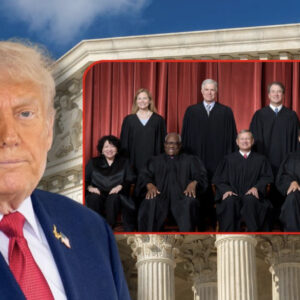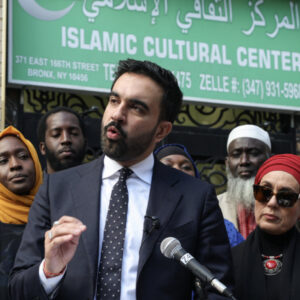Federal regulators have launched a major investigation into Tesla’s Full Self-Driving (FSD) system following a surge of incidents involving erratic driving behavior, crashes, and injuries. The National Highway Traffic Safety Administration (NHTSA) announced the probe, which covers 58 cases linked to FSD, including accidents where Teslas reportedly ran red lights, veered into oncoming traffic, and failed to respond appropriately before crashing. These incidents have resulted in over a dozen crashes, multiple vehicle fires, and nearly two dozen injuries. The inquiry raises renewed concerns over the safety and readiness of Tesla’s driver-assistance technology, which CEO Elon Musk has aggressively promoted as the future of autonomous driving.
Critics argue that Tesla’s approach to rolling out its FSD software effectively turns public roads into live testing environments, exposing everyday drivers and pedestrians to unproven technology. Ross Gerber, a longtime Tesla investor, stated that Musk’s experiment has gone too far, as the system is clearly not working reliably. Analysts are also questioning the software’s core functionality, with some suggesting that investor excitement around Tesla’s autonomous ambitions may be premature. Despite Musk’s promises of launching fully driverless robotaxis by next year, this latest investigation may derail those plans and poses a serious challenge to Tesla’s reputation and future business model.
NHTSA’s probe now includes around 2.9 million Tesla vehicles outfitted with the FSD system. In many of the reported cases, drivers said their cars performed dangerous maneuvers without warning. Although Tesla states that FSD requires constant driver supervision and is not meant to be fully autonomous yet, critics say the company’s branding and marketing have misled the public into believing the technology is more capable than it truly is. The growing number of accidents linked to FSD has only intensified scrutiny from safety regulators, some of whom believe Tesla’s messaging is part of the broader problem.
This investigation adds to several ongoing probes into Tesla’s driver-assistance features. In 2024, NHTSA looked into 2.4 million Teslas following reports of failures in foggy or low-visibility conditions, including a deadly pedestrian crash. Earlier, regulators examined Tesla’s “Smart Summon” feature after incidents involving low-speed collisions in parking lots. In August, another inquiry was launched after Tesla was found to have delayed crash reporting in multiple cases. Meanwhile, a Miami jury held Tesla partially responsible for a 2019 fatal crash involving its Autopilot system, awarding over $240 million in damages to the victims — a verdict Tesla plans to appeal.
Tesla’s FSD system remains officially classified as Level 2 driver-assistance technology, meaning it still requires human oversight at all times. However, Elon Musk has long promoted it as a step toward full autonomy and has made bold predictions about its capabilities. The company recently launched a new version of FSD and is testing a dramatically upgraded system that Musk claims will eliminate the need for human drivers. Despite these claims, Tesla continues to face internal and external pressure to slow down and ensure that safety standards are met before further deployment.
Beyond regulatory issues, Tesla is also facing a broader set of financial and reputational challenges. Sales have slowed as competitors like BYD, Ford, and Rivian offer high-performing electric vehicles at more affordable prices. In Europe, consumer sentiment toward the brand has weakened due to Musk’s political affiliations and outspoken support for right-wing figures, which has alienated some buyers. In response, Tesla introduced cheaper versions of the Model Y and Model 3, but investors reacted negatively, leading to a 4.5% drop in share price. Analysts now say that investors are shifting their focus from hype to real-world performance, questioning whether Tesla can still deliver on its ambitious promises.




